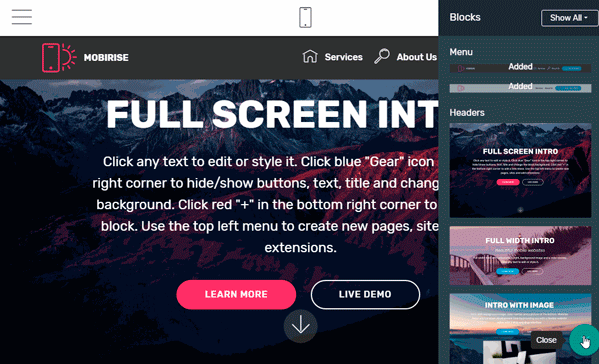Denver Developmental Screening Test Ii Pdf Creator
Adobe cs6 master collection full version with crack mac torrent. Adobe Master Collection CS6 Free Download Details • Setup File Name: Getintopc_Adobe Master collection cs6.iso • Full Setup Size:6.2 GB • Setup Type: Offline Installer • Compatibility Architecture: 32 / 64 Bit • Setup Size: Offline Installer / Full Standalone Setup • Latest Version: 18th Apr 2016 • Developers: Adobe Master Collection CS6 Free Download System Requirements Latest Version: 2016 Product Size: 6.2 GB Author: Bentley Product Title: Adobe Master Collection CS6 Language: Multiple Languages License Type: Trial (commercial).
This article needs more to help. Please help by adding links within the existing text. ( November 2018) () Denver Developmental Screening Tests Purpose identify young children with developmental issues The Denver Developmental Screening Test was introduced in 1967 to identify young children, up to age six, with developmental problems. A revised version, Denver II, was released in 1992 to provide needed improvements. The purpose of the tests is to identify young children with developmental problems so that they can be referred for help.
Jan 11, 2018 - The Denver Developmental Screening Test (DDST), commonly known as the Denver Scale, is a test for screening cognitive and behavioral.
The tests address four domains of child development: personal-social (for example, waves bye-bye), fine motor and adaptive (puts block in cup), language (combines words), and gross motor (hops).They are meant to be used by medical assistants or other trained workers in programs serving children. Both tests differ from other common developmental screening tests in that the examiner directly tests the child. This is a strength if parents communicate poorly or are poor observers or reporters. Other tools, for example the Age and Stages Questionnaires, depend on parent report.
Contents • • • • • • • • Denver Developmental Screening Test [ ] The test was developed in Denver, Colorado, by Frankenburg and Dodds. As the first tool used for developmental screening in normal situations like pediatric well-child care, the test became widely known and was used in 54 countries and standardized in 15.
The Denver Developmental Screening Test was published in 1967. During its first 25 years of use, one study found it to be insensitive to language delays. Other concerns arose: that norms might vary by ethnic group or mother's education, that norms might have changed, and that users needed training. Denver II [ ] Research Basis [ ] The Denver Developmental Screening Test was revised in order to increase its detection of language delays, replace items found difficult to use, and address the other concerns listed.
There are 125 items over the age range from birth to six years. An examiner administers the age-appropriate items to the child, although some can be passed by parental report. Each item is scored as pass, fail, or refused. Items that can be completed by 75%-90% of children but are failed are called cautions; those that can be completed by 90% of children but are failed are called delays. A normal score means no delay in any domain and no more than one caution; a suspect score means one or more delays or two or more cautions; a score of untestable means enough refused items that the score would be suspect if they had been delays. The Denver II is available in English and Spanish.

Videotapes and two manuals describe 14 hours of structured instruction and recommend testing a dozen children for practice. Beyond this a professional degree is not required. As with all developmental testing, one must follow the instructions in detail. The standardization sample of 2,096 children was selected to represent the children of the state of Colorado. The test has been criticized because that population is slightly different from that of the U.S.